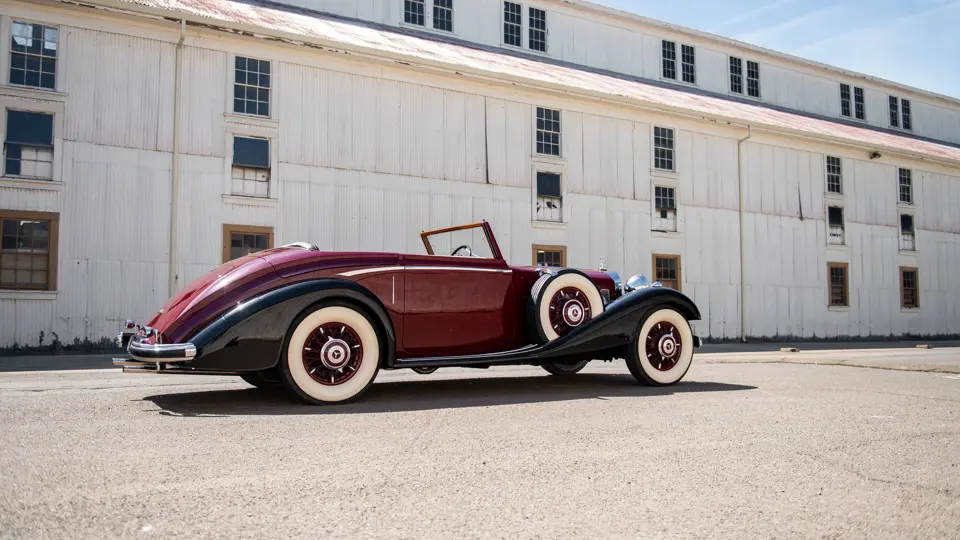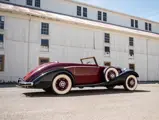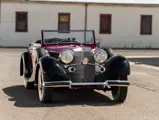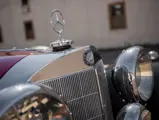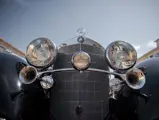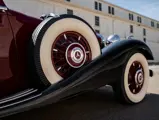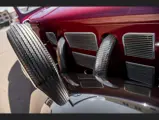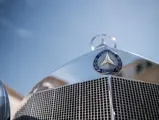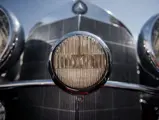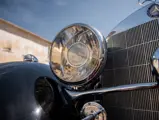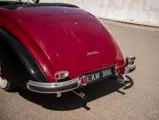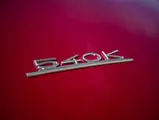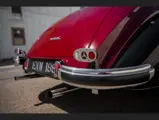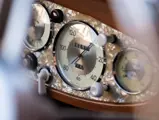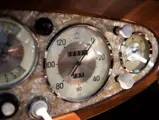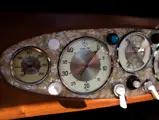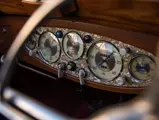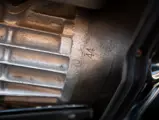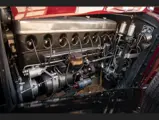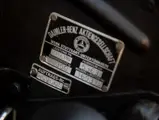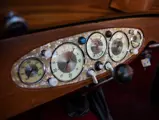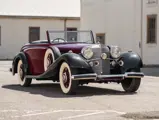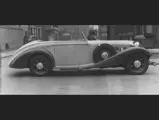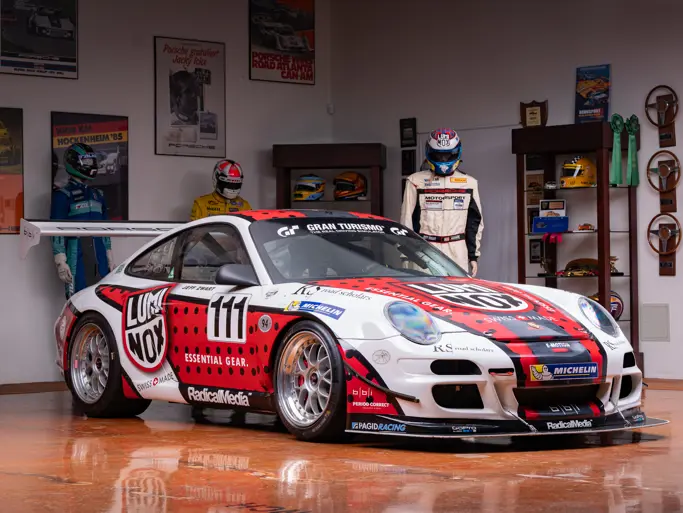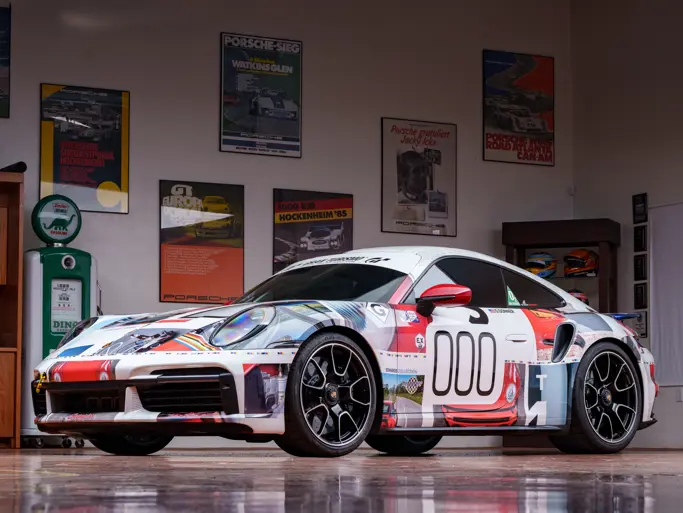
1938 Mercedes-Benz 540 K Drophead Coupe by Lancefield
{{lr.item.text}}
$1,050,000 USD | Sold
Offered from Masterworks of Design
{{bidding.lot.reserveStatusFormatted}}
- Exceptionally attractive body with an innovative fully disappearing convertible top
- Well-known history back to the original delivery, with photographs as-new
- Pictured and described when new in Autocar
- The only known surviving 540 K with Lancefield coachwork
- An especially exciting example with disappearing top
Like several other Full Classic marques, the supercharged eight-cylinder Mercedes-Benz models of the late 1930s were almost entirely fitted with coachwork by the manufacturer’s own Sindelfingen coachworks. Factory coachwork was successful in being both attractive and well-built, thus in the case of the 540 K model, of which 419 chassis were constructed, only 29 of those were sold as bare chassis to be clothed by outside coachbuilders; perhaps only nine or so of those received bodies by British coachbuilders. One of those surviving British-bodied Mercedes is the rather extraordinary automobile offered here.
THE LANCEFIELD 540 K
European coachbuilders of the Classic Era were peerless in the construction of weathertight, soundly insulated convertible tops, which did a superb job of protecting passengers from the elements with the downside of forming rather ungainly “stacks” at the rear of the car. That such stacks were so common did not mean that the coachbuilders did not seek ways around it, with several innovative disappearing tops emerging—first in Italy and subsequently with French and British shops.
One such top was created by The Lancefield Coachworks Ltd. of Queen’s Park, London; six cars are known to have been fitted with the design, of which the example offered here is the only one on a Mercedes-Benz 540 K. It is a design of considerable brilliance. The rear deck is unlocked by means of a T-handle screw, and under manual power raises vertically, then slides to the rear and finally swings away, in the manner of a modern Porsche Speedster. The top itself, thus revealed, is then easily unfurled over the bows into an erect position, then tipped forward to cover the seats; chrome channels guide the rear quarters of the top into position, while the wooden “transom” panels around the tonneau slide inward, about one inch, to clear the irons as they swing past. Afterward, thumb screws secure the leading edge to the top of the windshield. Once the process is learned, the top of this car can be raised very quickly by two people—quite an achievement for a large convertible of the Classic Era, and superior in engineering to virtually any other manual top design of this period.
Right-hand-drive chassis number 169317, this special 540 K was ordered as a chassis in February 1938 by a Mr. Grey-Cheape, as recorded in Michael Frostick’s The Mighty Mercedes. A coachbuilder photograph of the car as delivered by Lancefield survives, acquired from the VSCC Library Lancefield Archive. The 540 K was also described and shown in the 20 May 1938 issue of Autocar, which notes delivery by Home and Overseas Motors of Finchley Road and describes, among other things, the concave “fluting” of the beltline, a Lancefield signature, and the car’s original fitment with three pieces of fitted luggage. This photograph also shows its original two-tone livery.
Lancefield historian Nigel Smith, who has completed a tremendous amount of research on the coachbuilder for his forthcoming book on the subject, contacted the Grey-Cheape family and received several wonderful photographs of the car in its original ownership, which are on file. As documented by Mercedes-Benz historian Jonathan Sierakowski, the 540 K was subsequently advertised in The Guardian in May 1947, noting “small mileage;” it was later photographed in London in the 1950s, several views of which are also included in the file.
Afterward, the 540 K came to the United States, and from at least 1961 until the early 1980s was in the ownership of John H. Possehl of Norristown, Pennsylvania. It was eventually procured by the late Mark J. Smith; photographs taken in Smith’s ownership show that the car had been resprayed in green but otherwise remained highly original. It was offered for sale in 1988 and not long thereafter passed into the current collection.
Finished in a rich deep maroon and black with maroon leather interior in the late 1980s or early 1990s, the car’s restoration has aged somewhat but its paint and interior are still solid and charming in appearance. Significantly, it retains not only its factory engine, but the original firewall Typenschild and order number plate, bearing Kommission number 269503, as well as the original polished wood trim, which still has Possehl’s green paint on the undersides of the door cappings—indicating that much of the restoration, of what had been a very original car, was largely cosmetic.
With original and period photographs at-hand, the temptation to return it to its original livery, and subsequently to a concours field where it would certainly be a stand-out, is sorely tempting. It is among the most fascinating and dramatic of all 540 Ks.

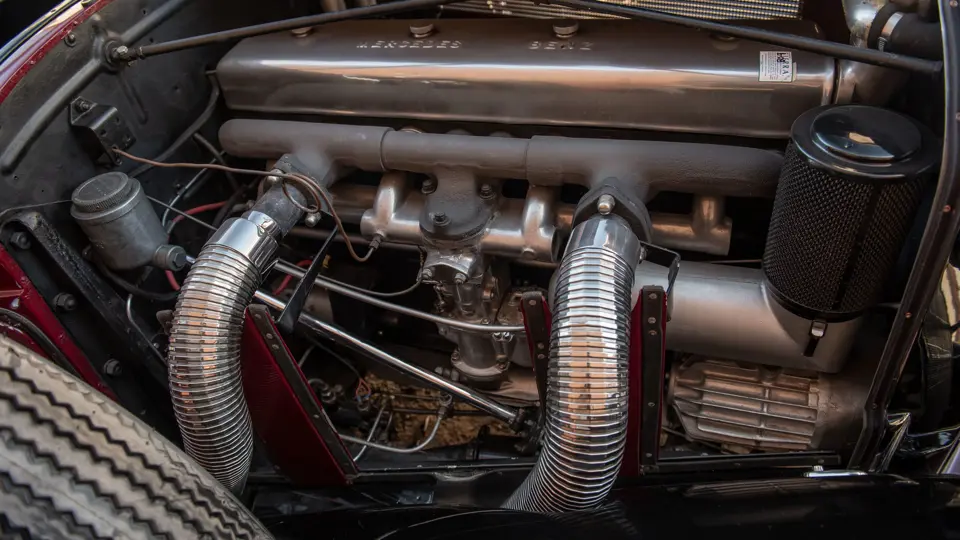


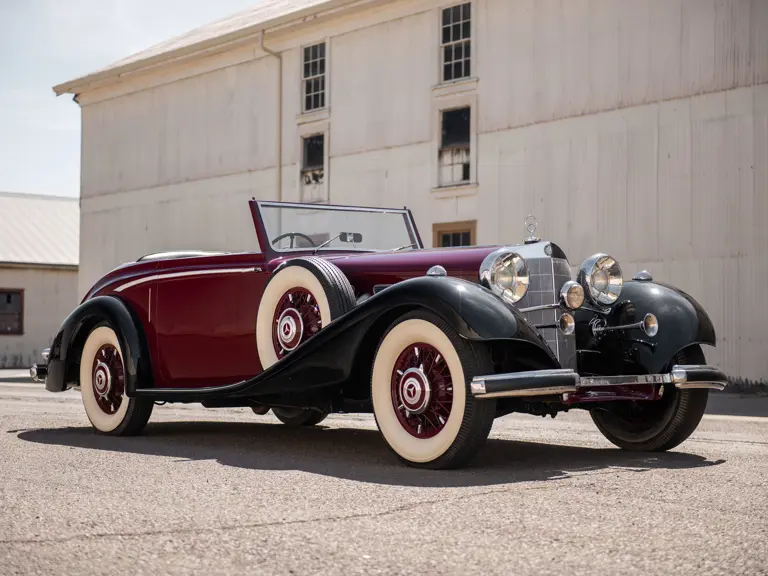
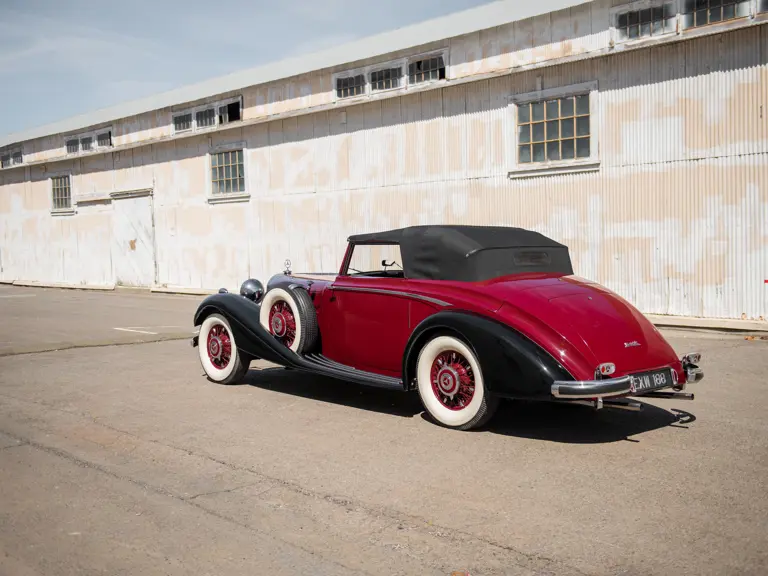
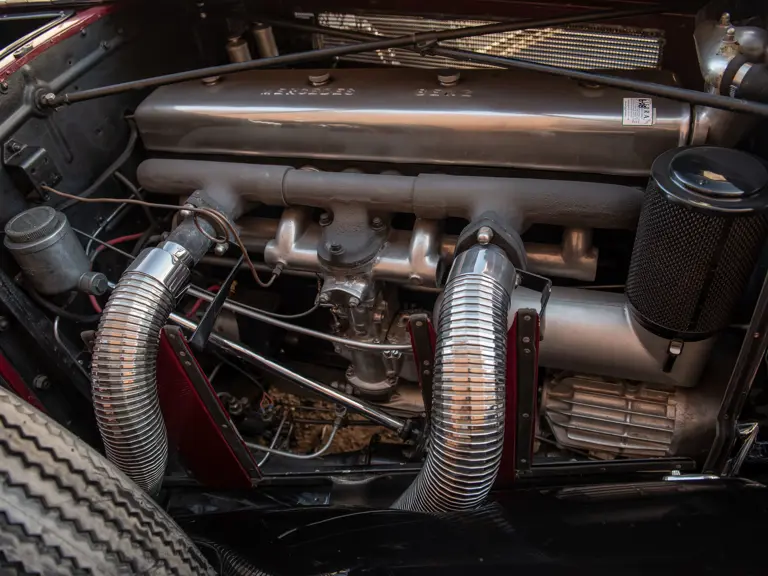


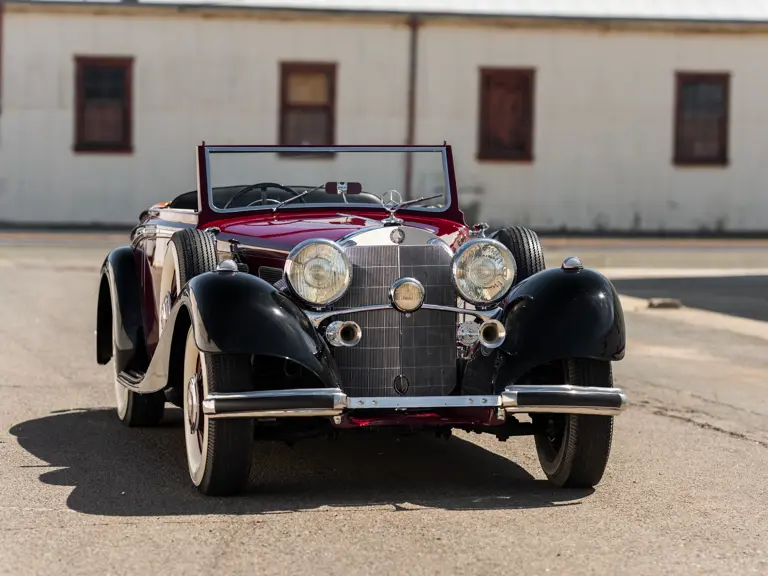

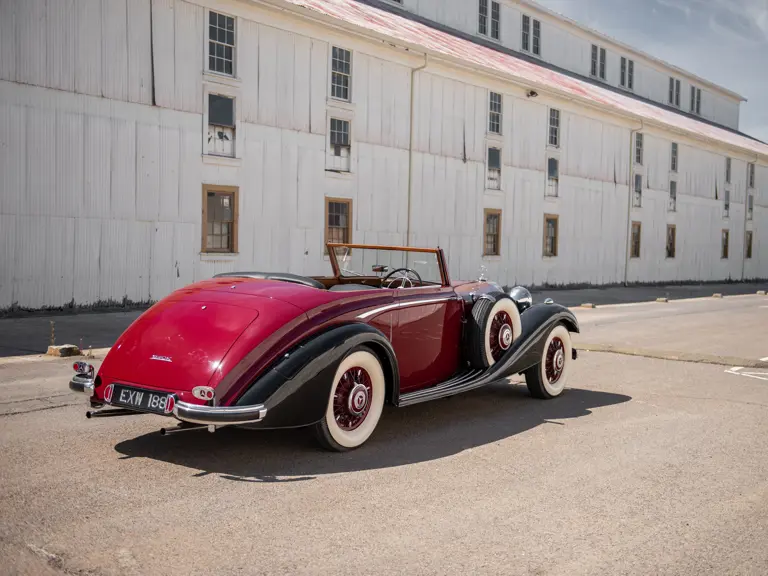
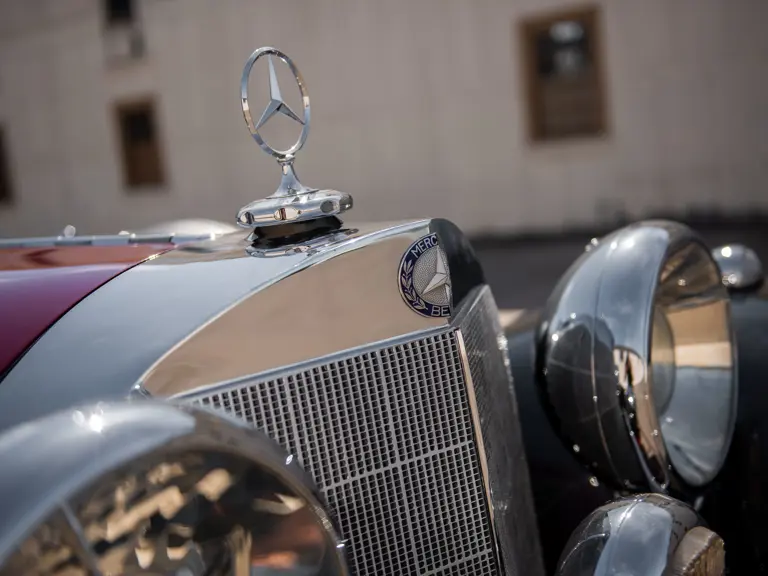

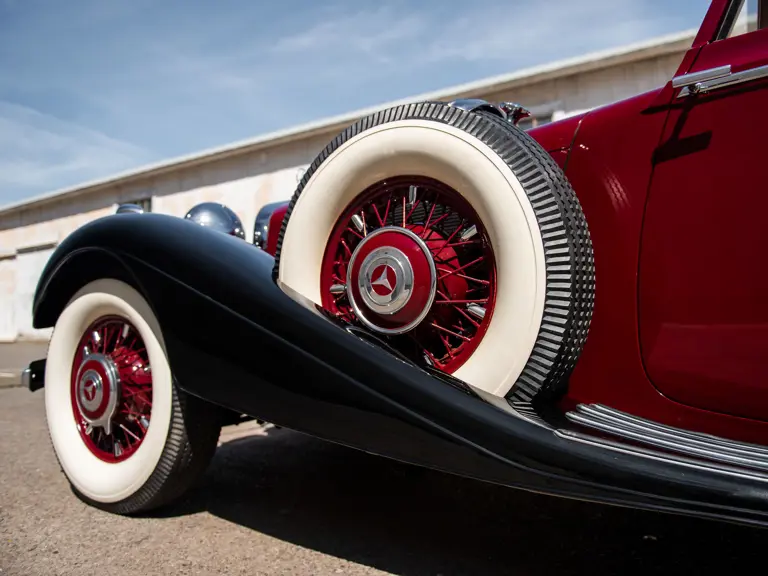
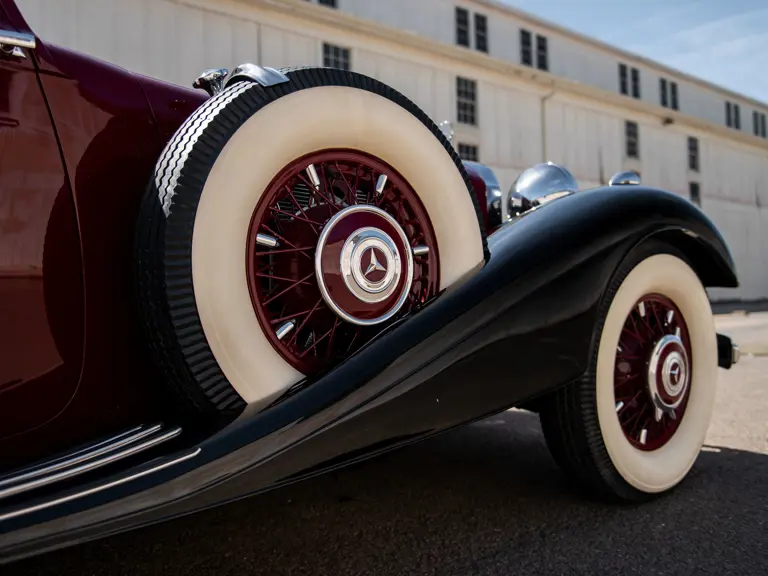
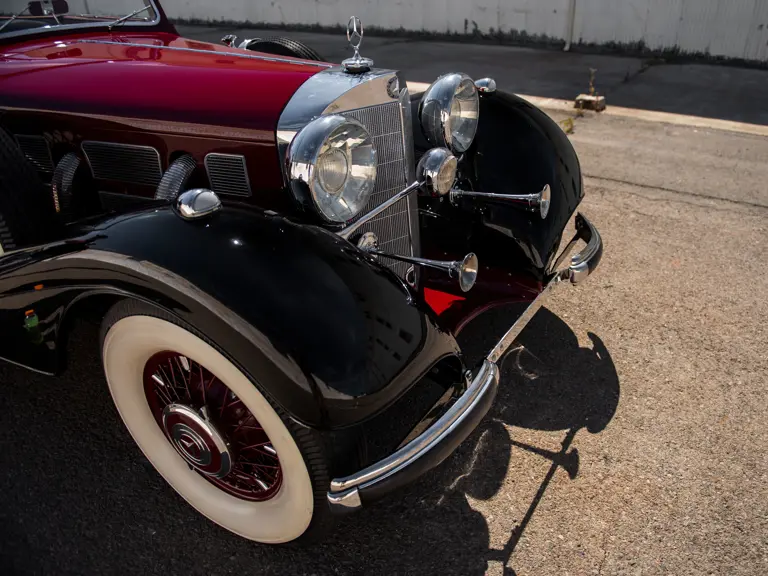
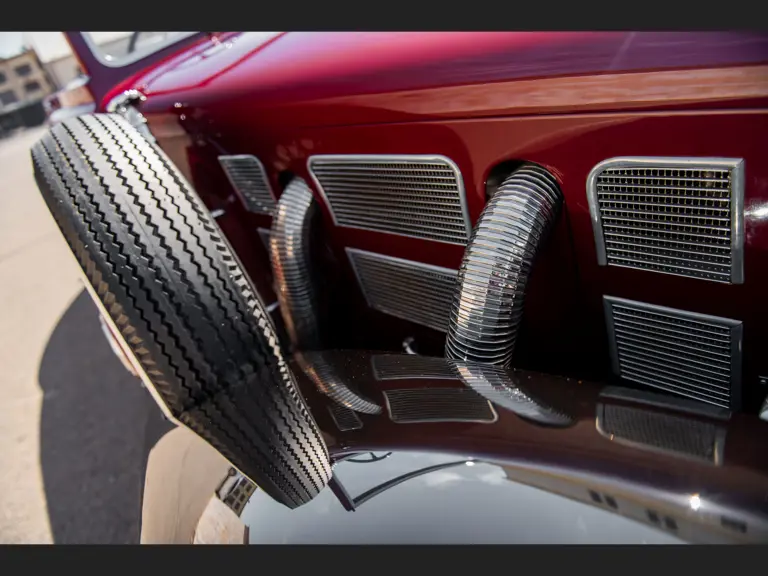

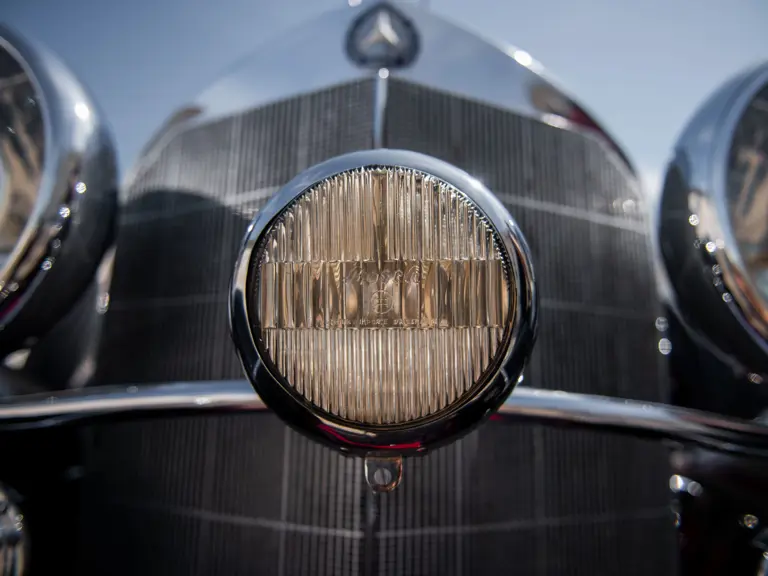


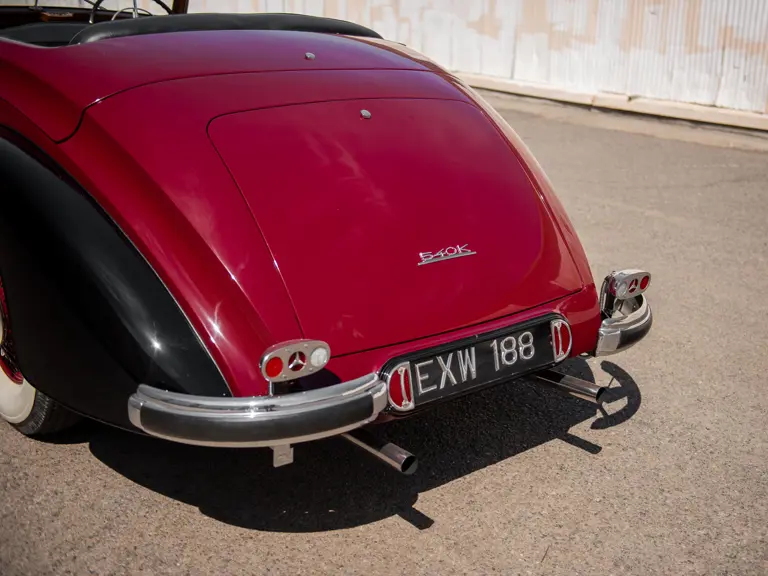
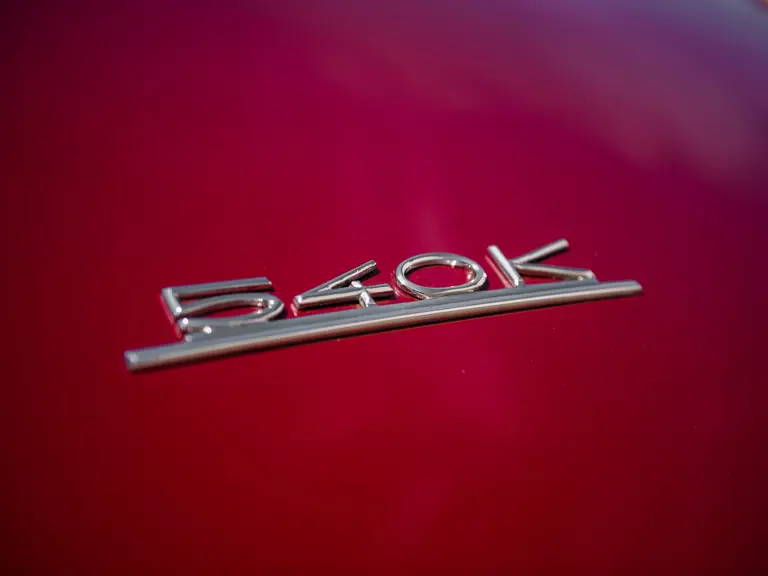
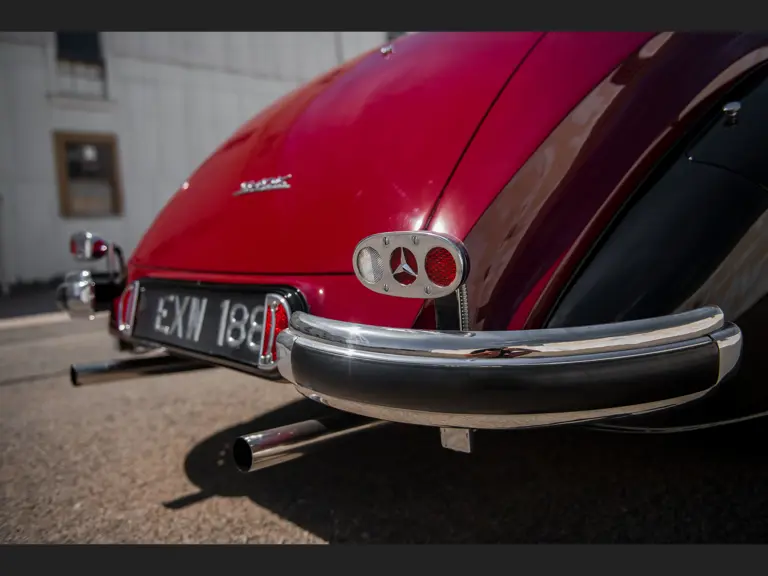
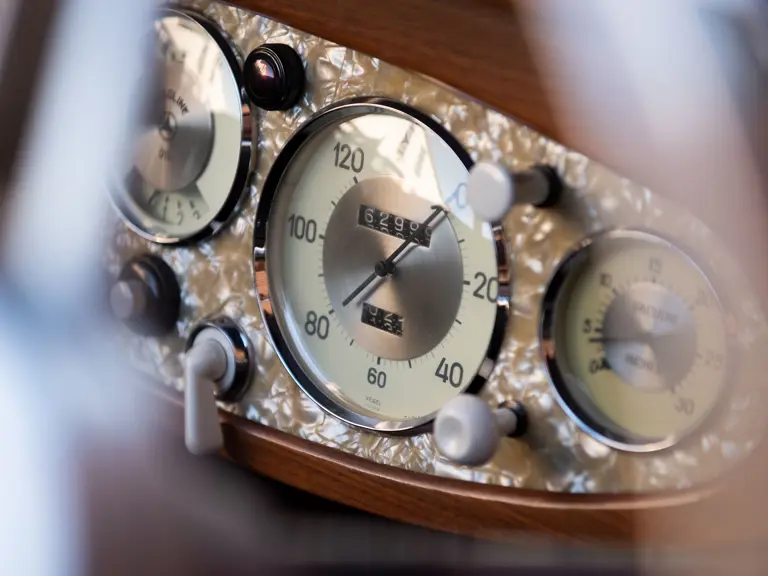
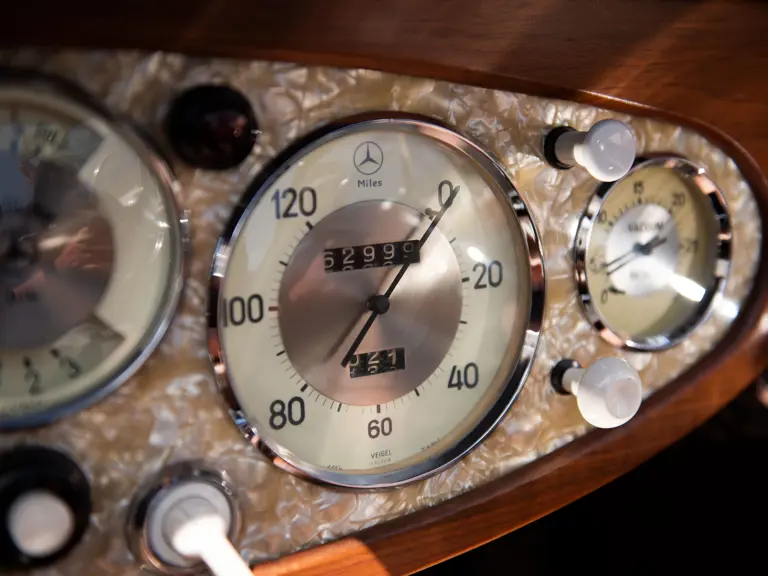
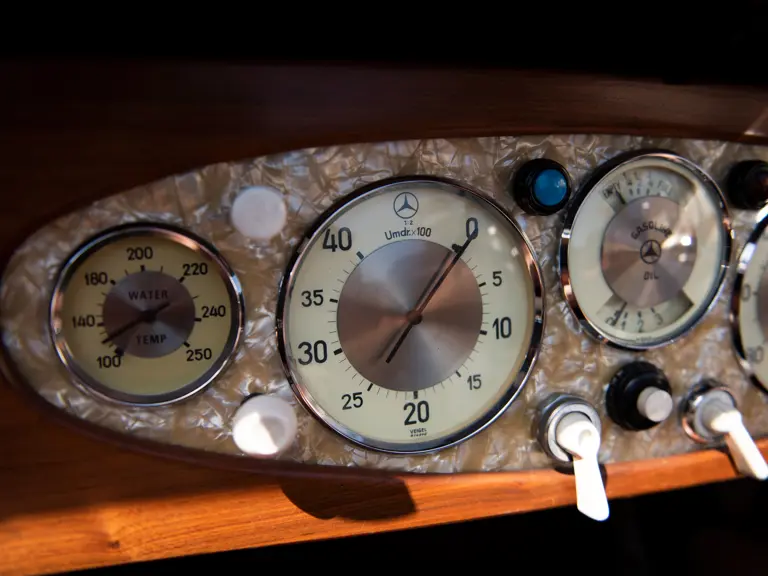


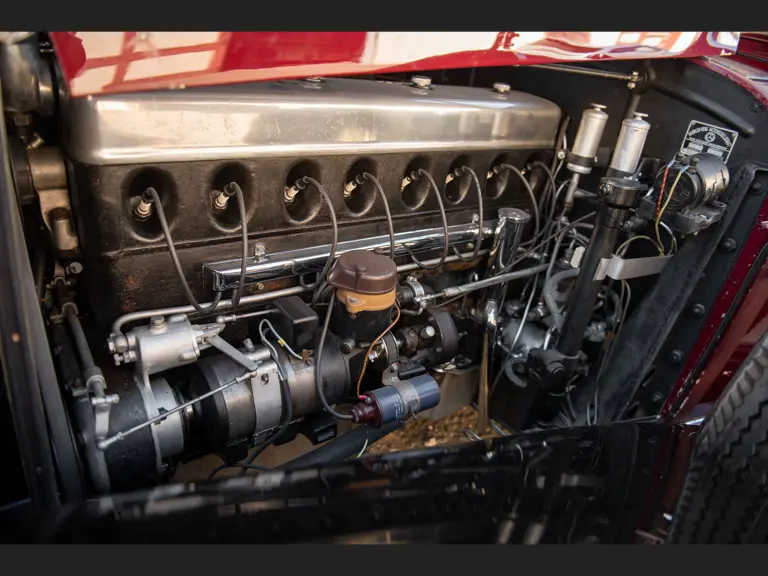
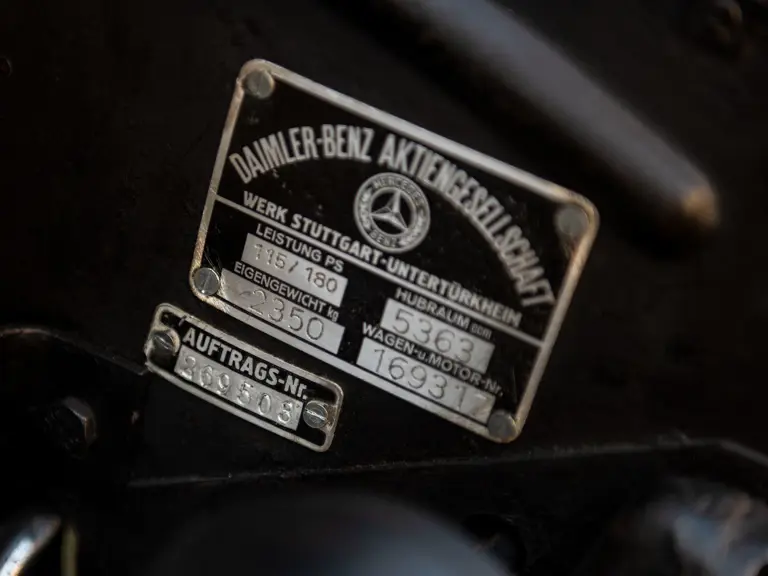

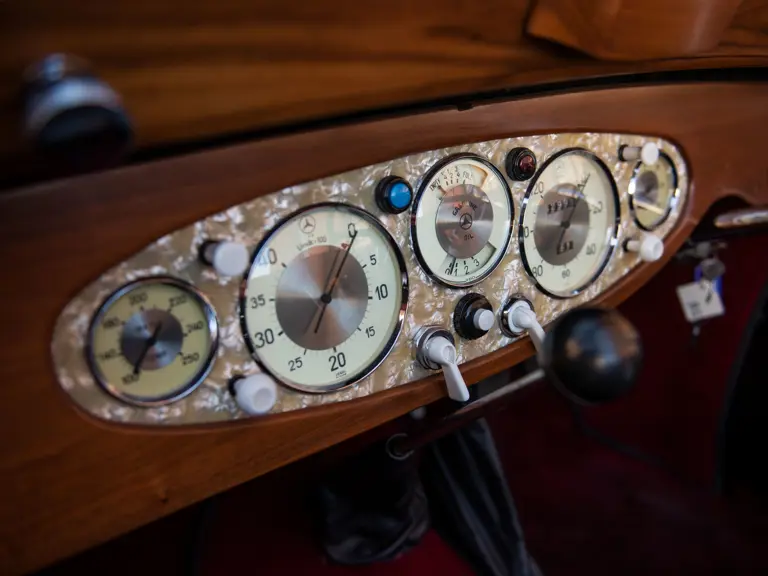
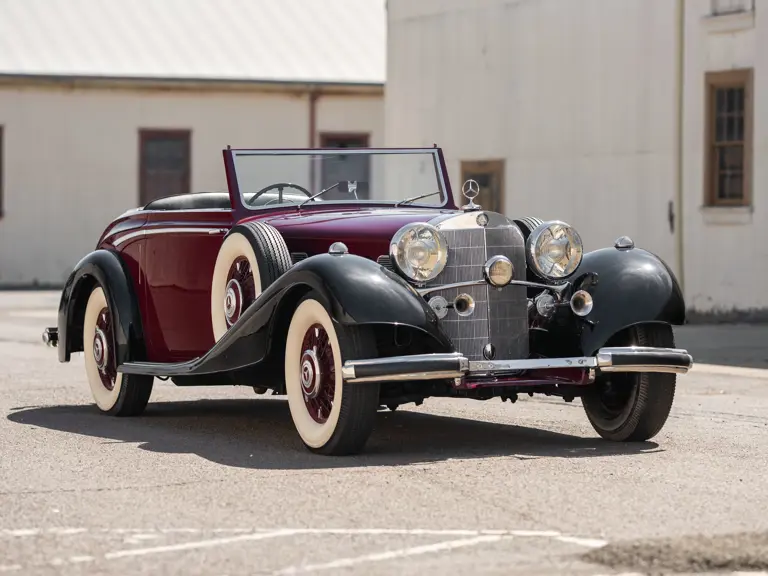

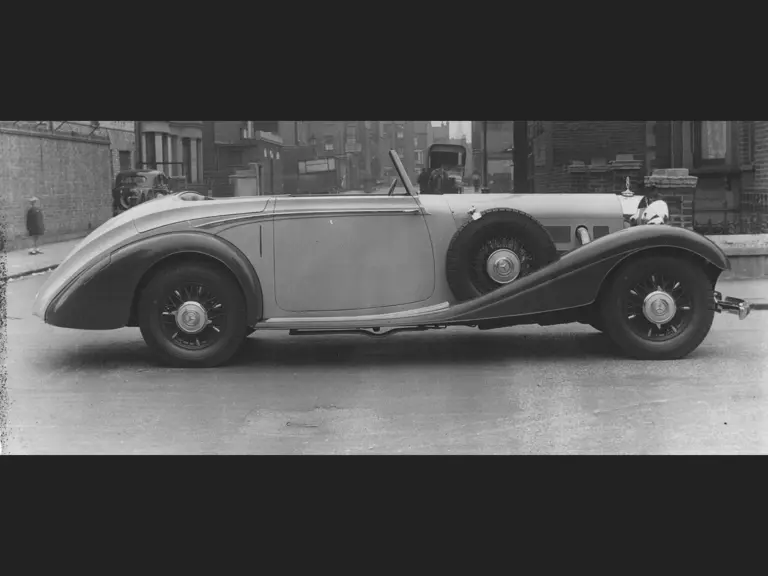
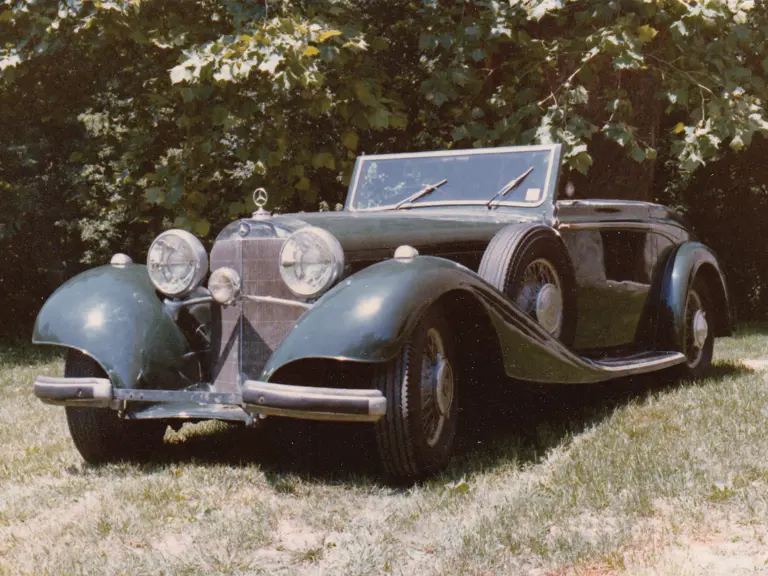
 | Monterey, California
| Monterey, California
